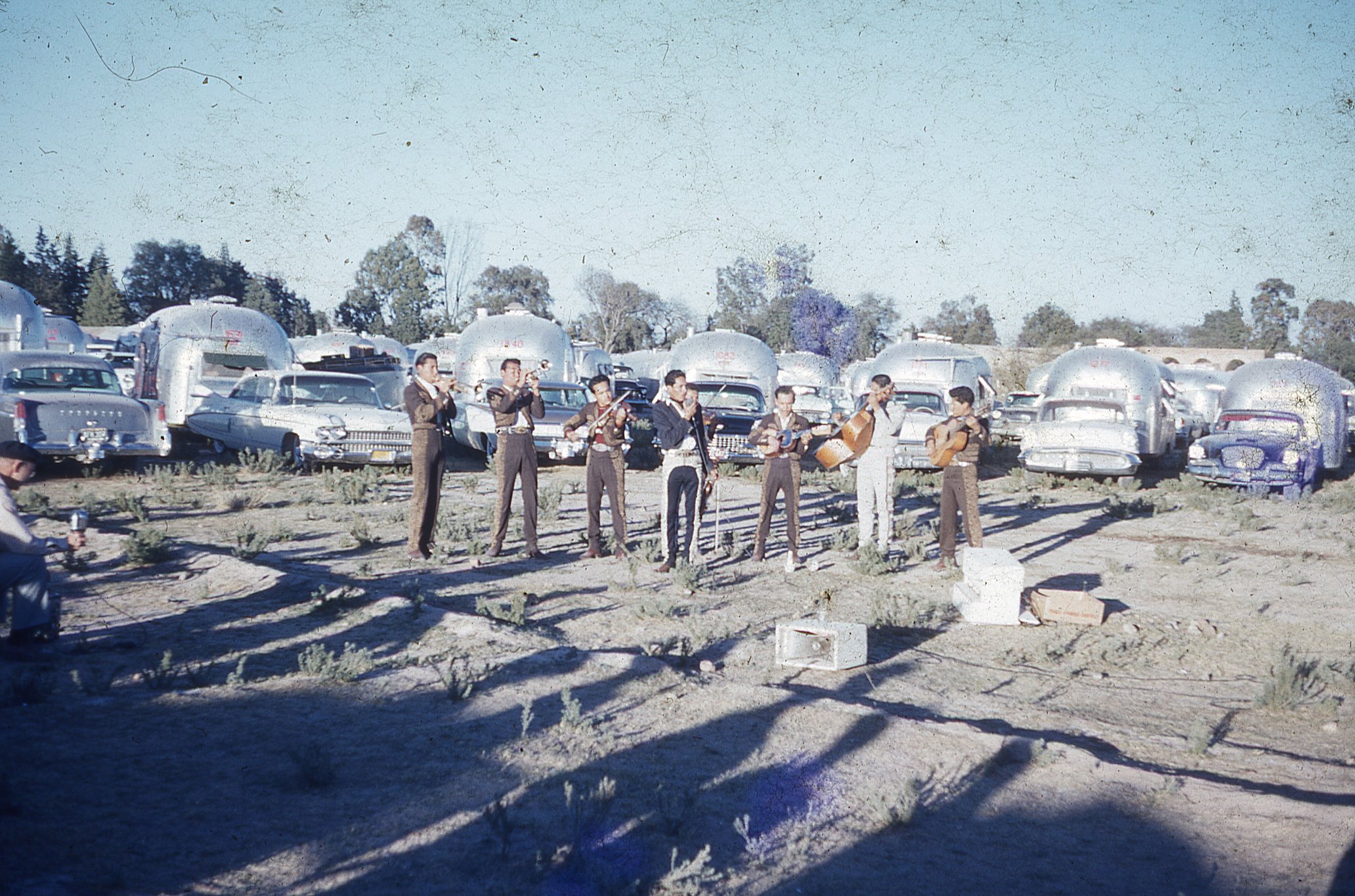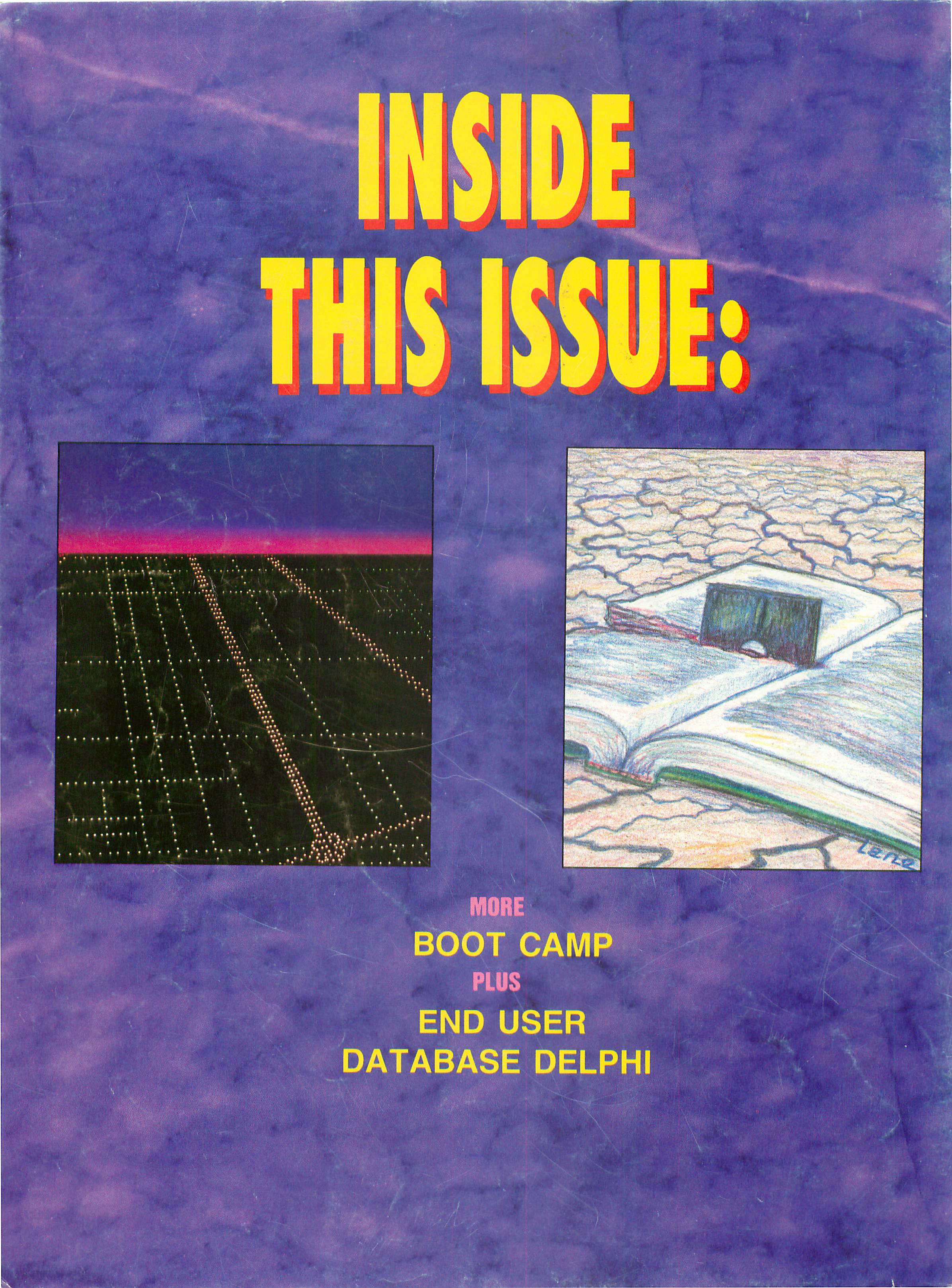Alan DiPietro is an alpaca farmer in the town of Bolton, Massachusetts (pop: 5,376). He lives in an RV on the 34-acre property where he keeps his alpacas, and he sells their fleece to make a living.
DiPietro wasn’t always a farmer. He previously worked as a chief engineer for iRobot, a company that makes autonomous home cleaning devices such as the Roomba vacuum cleaner. He became disenchanted with the bureaucracy and red tape of the corporate world, however, so in 2008 he decided to leave that world behind and begin his alpaca-farming venture.
The years since then have not been the easiest for DiPietro. In 2014 he suffered a financially-devastating divorce that ultimately led to bankruptcy. After the bankruptcy, he still had some money in a 401(k), and he used it to buy the 34-acre property he now lives and farms on. The home he was living in was foreclosed, however, and he was evicted in 2016. It was then that he moved to the motorhome on the farm.
In the ensuing years, DiPietro found himself in a protracted legal dispute over how he could use his property. He had mowed some fields and had built some wooden fencing and small sheds, but he was later told these actions violated certain state and local environmental regulations.
As a result of various enforcement actions and lawsuits, DiPietro struggled to use his property in a profitable manner, and his financial situation became dire. He became delinquent on his property taxes in 2016, and 14 percent annual interest began accruing on his unpaid taxes.
As the years went by, the legal battle intensified and DiPietro’s situation only worsened. By 2021, he owed the town roughly $60,000 in unpaid taxes and other costs. The property value at the time was roughly $370,000, and DiPietro owned it outright.
A couple of simple solutions to his debt problem likely jump to mind. Couldn’t he just make money with the property some other way or sell part of it to pay his debt? Indeed, he could—if the town would let him. But the town stopped him at every turn. When he applied for a forestry permit to sell trees on his land, for example, the town’s conservation officials asked for it to be denied on account of his alleged environmental violations, and the department in charge of permits complied with this request.
He was also prohibited by the town from getting a guard dog and from connecting to the internet and electrical grid, and the town would not legally recognize his address. These and other restrictions undermined several potential projects. The town also refused to give him the permits he needed to sell part of his land, and the reason for the refusal was the fact that he had outstanding property tax debt.
In short, DiPietro was caught in a catch-22. He had to pay the debt to get permission to make money, but he needed money first to pay the debt.
With the debt remaining unpaid, a land court foreclosed on the property in December 2021, transferring absolute title of the land to the town as payment for the debt. The town has since initiated eviction proceedings to remove DiPietro from the property.
And what about the $310,000 in equity above and beyond the debt, the equity that rightfully belongs to DiPietro? Oh yeah. The town kept that…which it’s allowed to do under state law.
Noting the injustice, the Pacific Legal Foundation (PLF) joined DiPietro in filing a lawsuit against the town on January 10, 2023, demanding he get back that portion of the equity which is rightfully his.
A Pervasive Problem
The practice of keeping the equity of a foreclosed property above and beyond the debt owed is known as home equity theft, and it’s a lot more common than you might think. Across the country, local governments and private tax lien investors regularly foreclose on properties for unpaid tax debts and then keep the whole value of the property—even though that value is often far greater than the amount of debt that was owed.
In 38 states this is illegal. Foreclosing parties are required to sell the property and return excess profits to the original homeowner. In 12 states, however—one of which is Massachusetts—local governments or private investors can take the entire value of a tax-foreclosed home.
A recent PLF report highlights how extensive this practice has become.
“In our study of 31 Massachusetts localities, representing one-third of the state’s population, the government foreclosed and sold 254 homes for tax debt from January 2014 through June 2020,” PLF writes. “Massachusetts law allowed the taking of an estimated $60 million in equity above what these homeowners owed in property tax debt. Another 154 homes were foreclosed for tax debts from January 2014 through December 2020 by a private investment company that purchased tax liens (the right to collect a tax debt) from the state. Massachusetts law allowed the taking of an estimated $37 million in equity above what these homeowners owed in property tax debt.”
DiPietro unjustly lost roughly $310,000 of equity, representing about 84 percent of his property value. This is a fairly typical case, judging by the PLF report. “In the localities we studied, homeowners lost 87% of their home equity, on average—nearly $260,000 per home,” PLF notes.
The argument in favor of this practice is that the lost equity basically amounts to a fine or penalty for tax delinquency. You broke the law, after all, and breaking the law has consequences, the reasoning goes. If a state deems that one of those consequences should be that you lose the equity in your home, so be it.
The arguments against this practice take a few different forms. For one, detractors argue that taking more value than what is owed is simply unjust. They also argue that this violates the “just compensation” clause of the Fifth Amendment, which states that if a government takes private property for public use it must compensate the property owners appropriately.
To those who would put forward the argument that this taking amounts to a fine, detractors would respond by pointing to the Eighth Amendment, which states that excessive fines shall not be imposed. Surely this is an excessive fine if ever there was one.
A final argument against this practice is the simple point that it tends to impact the most vulnerable members of society more than others. PLF comments on this sad truth in its report on Massachusetts.
“Like similar tax foreclosure schemes in other states, the Massachusetts system likely hits vulnerable people the hardest,” PLF writes. “Most people don’t intentionally fail to pay their property taxes. As with the Calkinses [another case] and many others, life happens. Homeowners get sick, experience personal financial crises, or miscalculate a late payment. Research demonstrates that the elderly, sick, and poor are especially at risk of losing their most valuable asset—their home—for unpaid property taxes.”
Theft Should Be Illegal—Regardless of Who’s Doing the Stealing
The nineteenth century French economist Frédéric Bastiat coined a term that aptly describes this practice: legal plunder. The law, says Bastiat, is supposed to prohibit theft, but all too often it is weaponized by governments and special interest groups to enable theft. Rather than being outlawed, plunder is legalized and legitimized.
How do we know when legal plunder is occurring? Bastiat gives us a handy diagnostic tool in his 1850 book The Law.
“But how is this legal plunder to be identified? Quite simply. See if the law takes from some persons what belongs to them, and gives it to other persons to whom it does not belong. See if the law benefits one citizen at the expense of another by doing what the citizen himself cannot do without committing a crime.”
In a world of secure property rights, taking the entire value of a property for a much smaller debt would surely be a crime. In fact, some (including this author) would argue that property taxes as such constitute legal plunder, since they involve forcefully taking money from peaceful property owners.
Whether you agree with that or not, it should be clear that taking equity above and beyond what is owed is theft. Not only is this a grave injustice, it also harms vulnerable people and gives governments a powerful incentive to back these people into a corner, as the Bolton government did with DiPietro.
It’s long past time to end this predatory practice.
This article was adapted from an issue of the FEE Daily email newsletter. Click here to sign up and get free-market news and analysis like this in your inbox every weekday.
Patrick Carroll has a degree in Chemical Engineering from the University of Waterloo and is an Editorial Fellow at the Foundation for Economic Education.
This article was originally published on FEE.org. Read the original article.
 How a Massachusetts Town Seized a Farmer’s $370k Property to Cover a $60k Tax Debt
How a Massachusetts Town Seized a Farmer’s $370k Property to Cover a $60k Tax Debt




























